Rhythm 101, written test
1/30
There's no tags or description
Looks like no tags are added yet.
Name | Mastery | Learn | Test | Matching | Spaced |
|---|
No study sessions yet.
31 Terms
Djembe
west african drum, goblet shaped, made from animal skin, various sizes
Conga
barrel-shaped drum, usually played one-per-person, afro-cuban, small and high pitch.
Cajons
Peruvian and cuban, wooden box drum that you sit on, a found instrument
Darbuka
Aluminum shell. Middle Eastern small drum, goblet shaped, played for belly dancing
Tubano
Multiple sizes, remo company, from around the world, synthetic skin.
bongos
afro-cuban, played in pairs, animal skin, smaller higher pitch
whole notes
4 beats
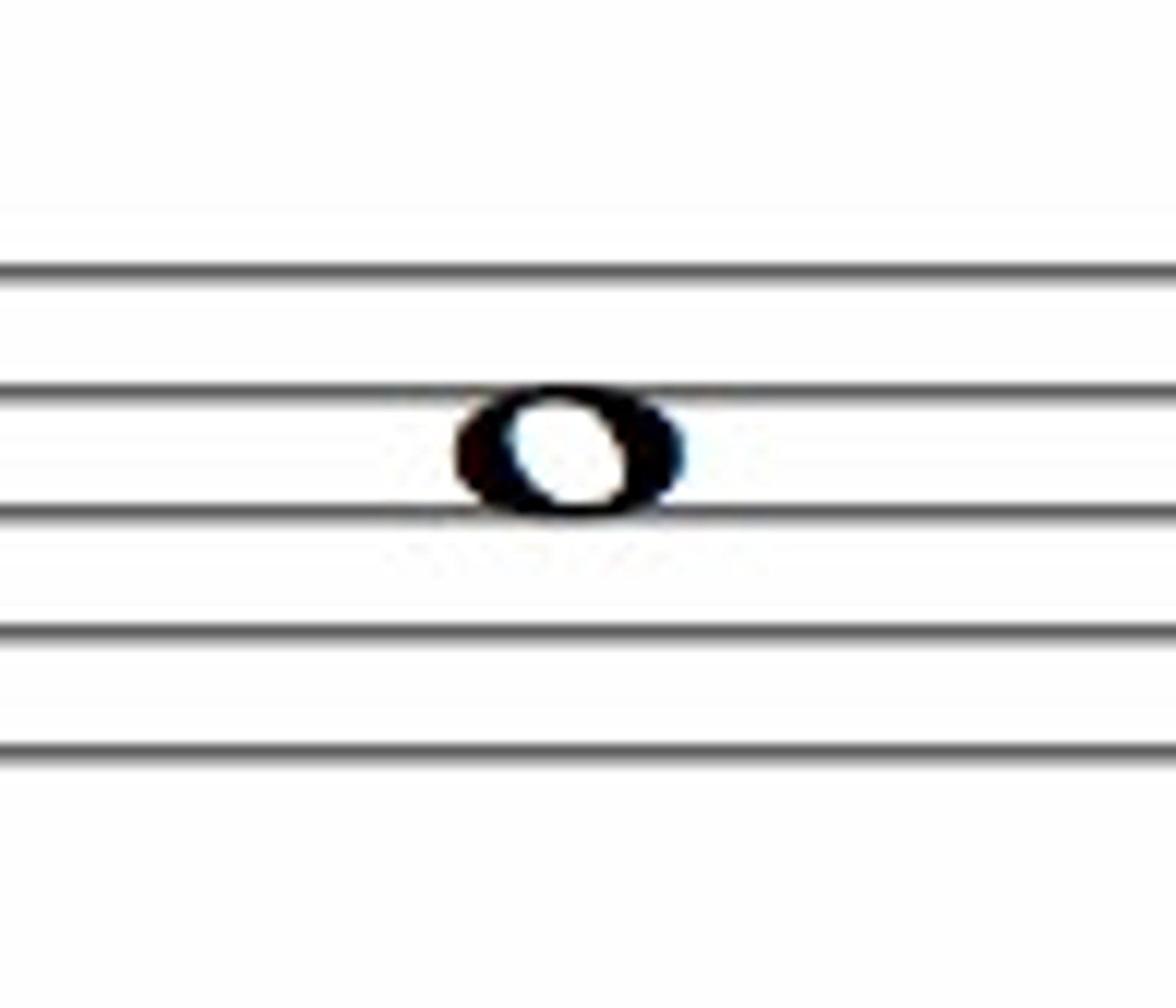
half note
2 beats
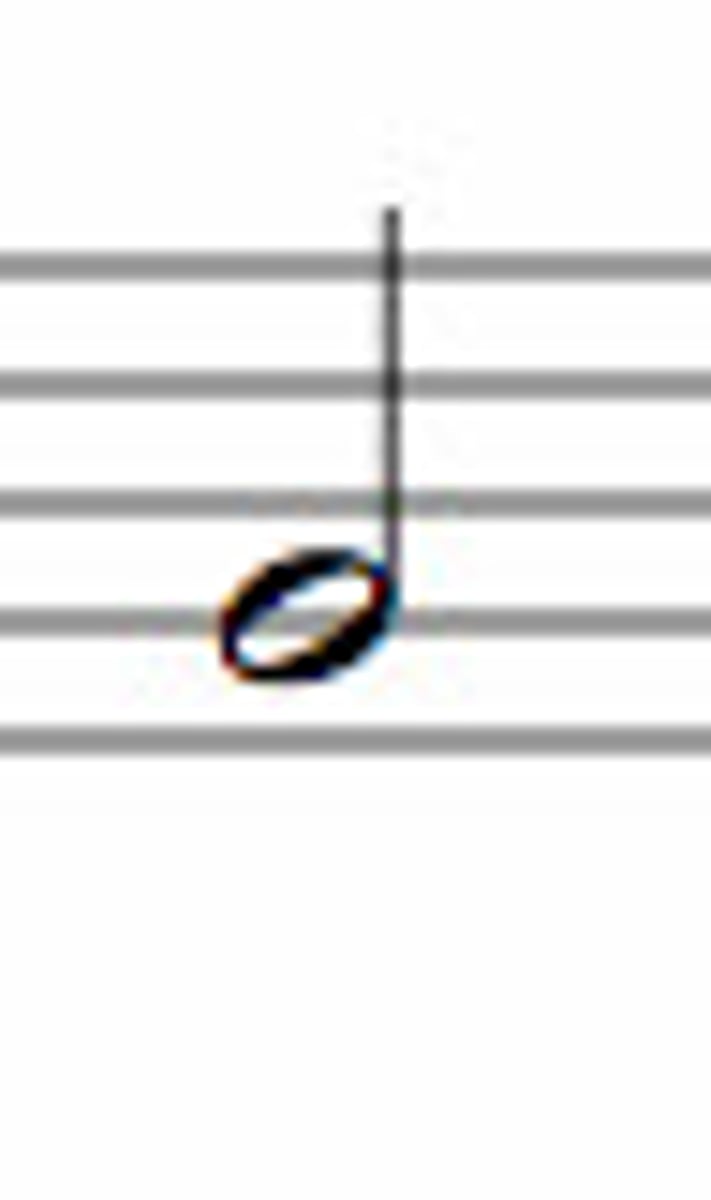
quarter note
1 beat
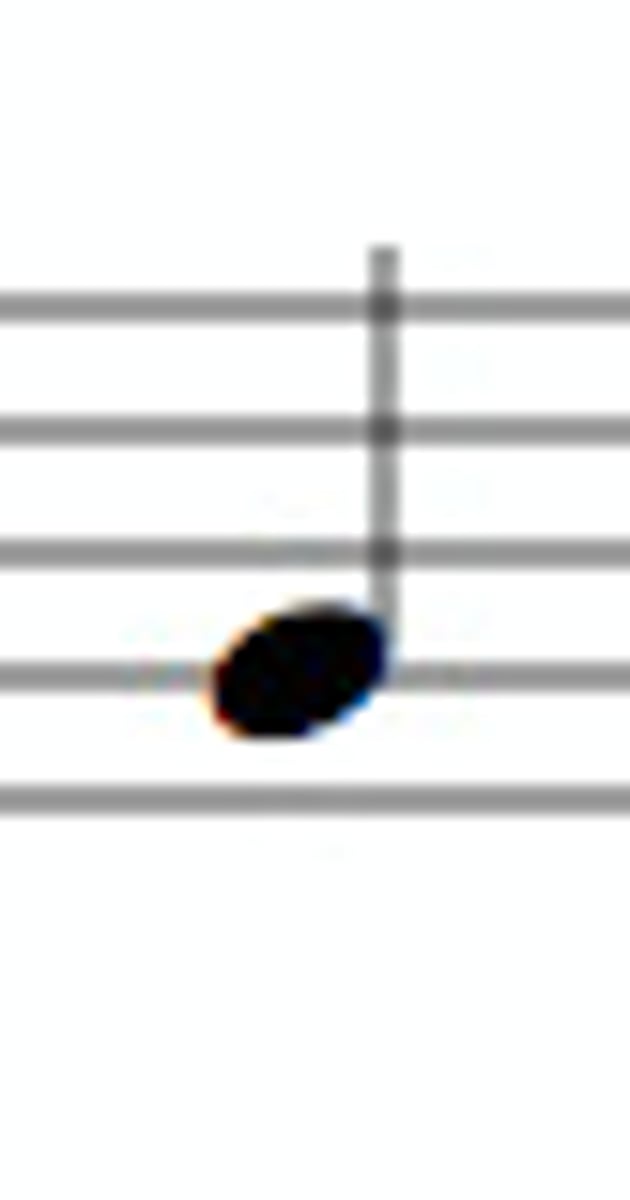
eighth note
half a beat, or 1/8 of a bar
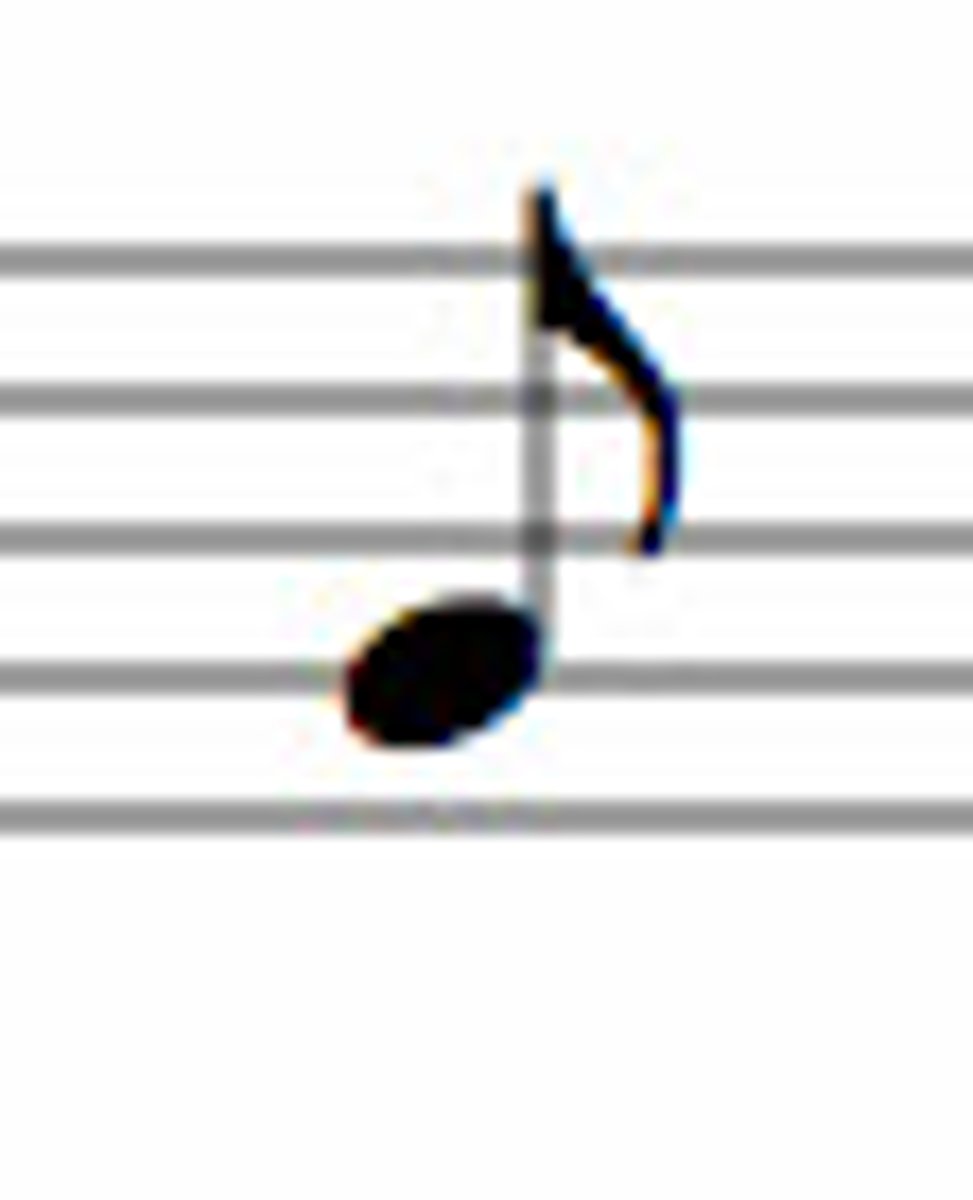
sixteeth note
1/4 beat, or 1/16 of a bar
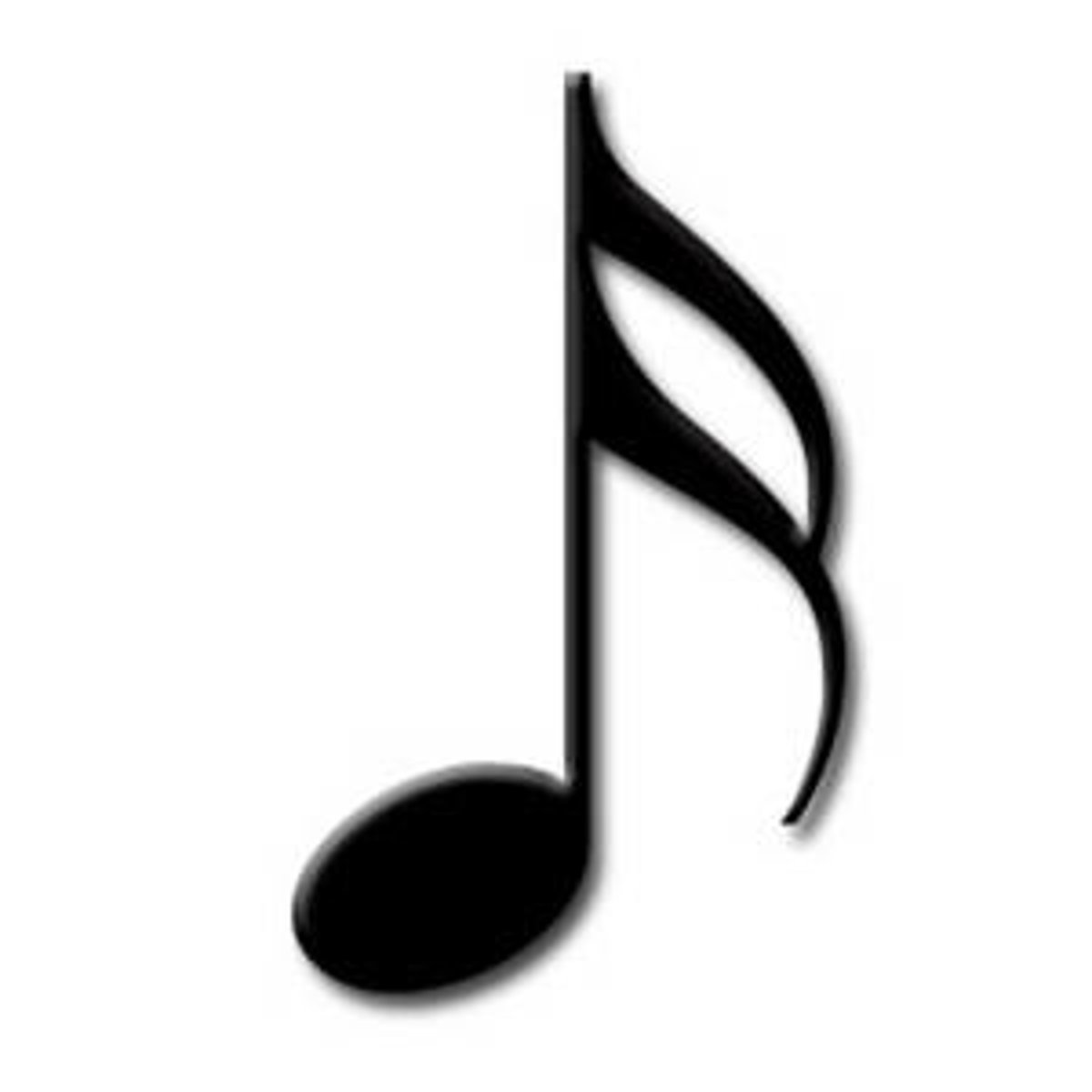
whole rest
4 beats of silence
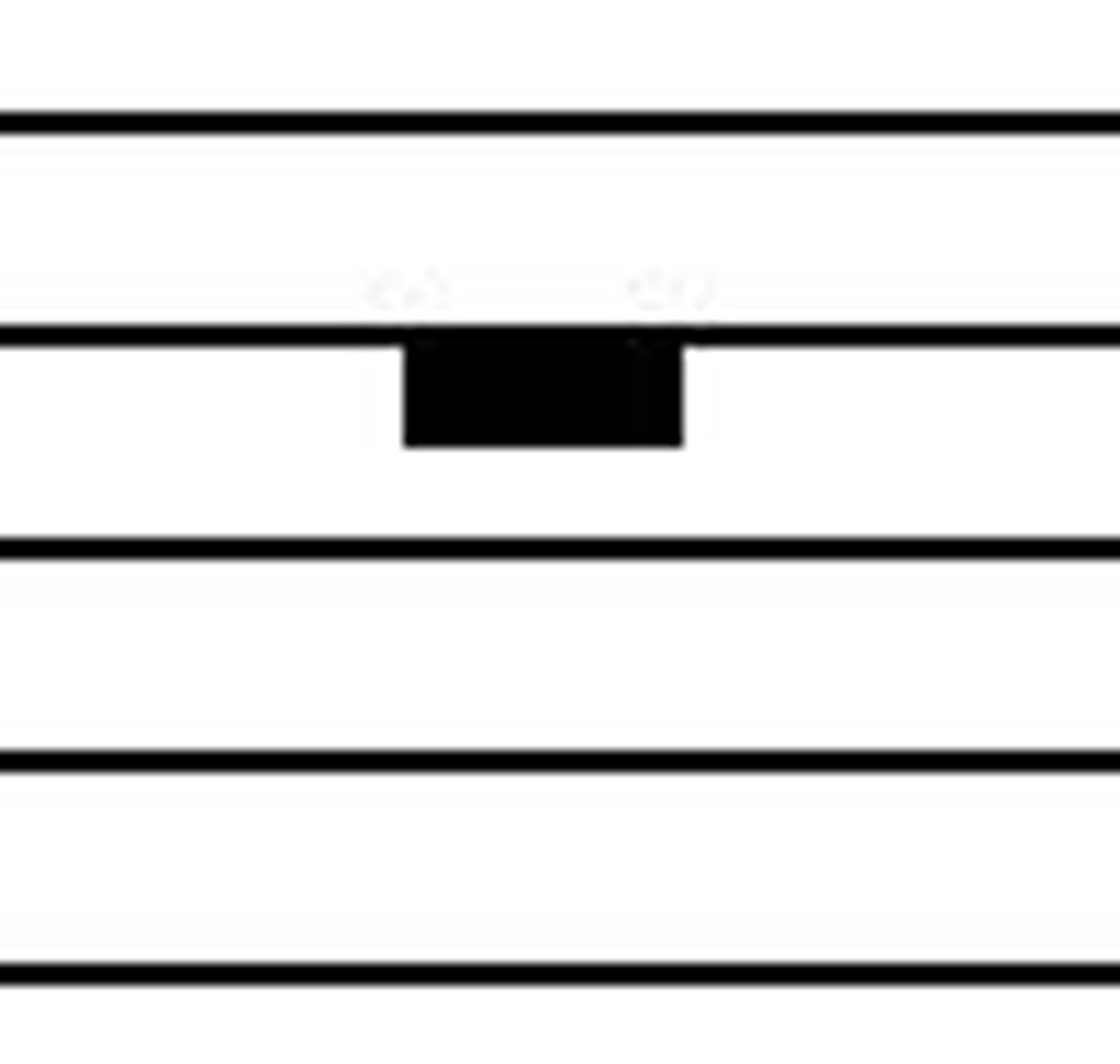
half rest
2 beats of silence
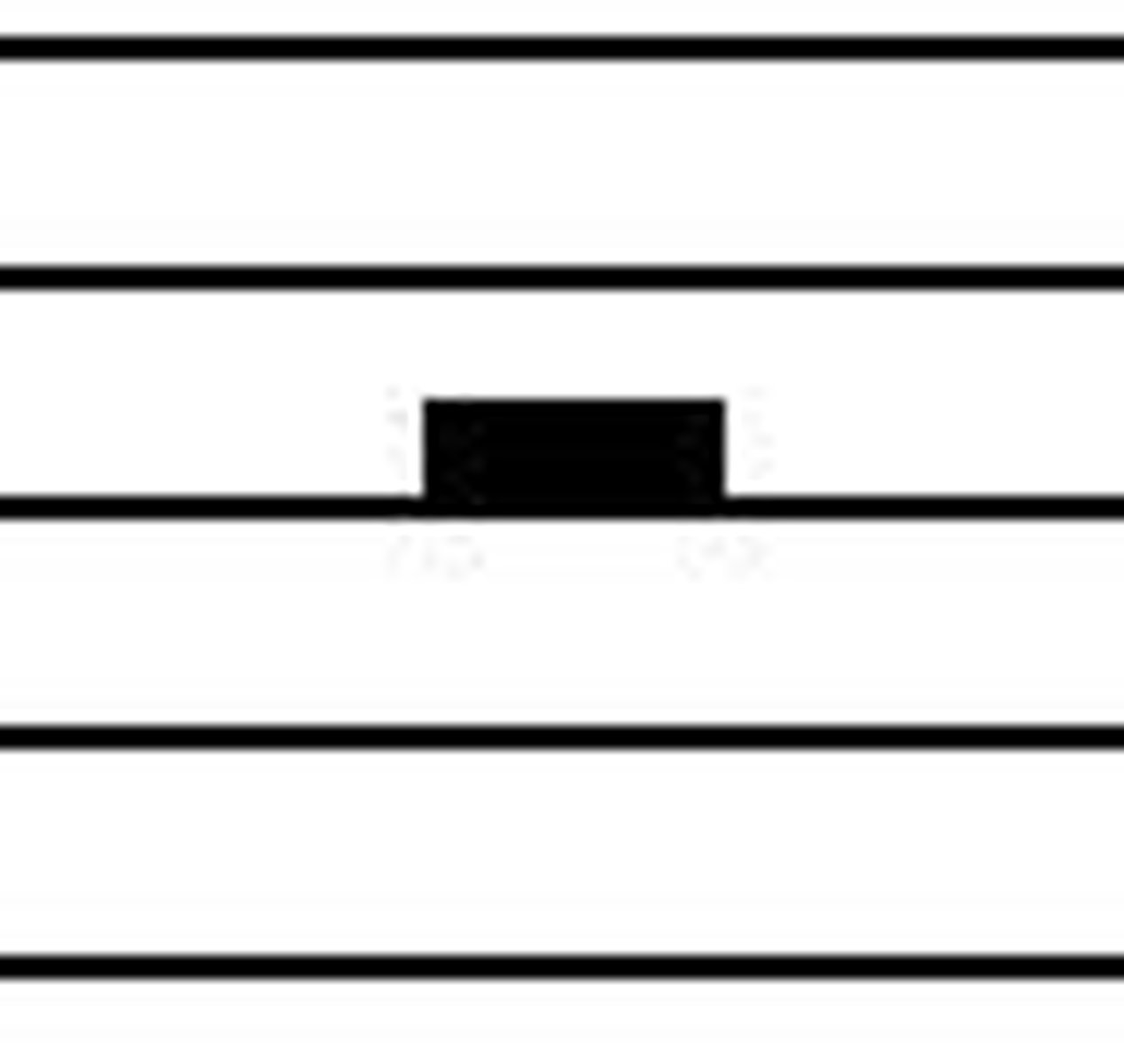
quarter rest
1 beat of silence
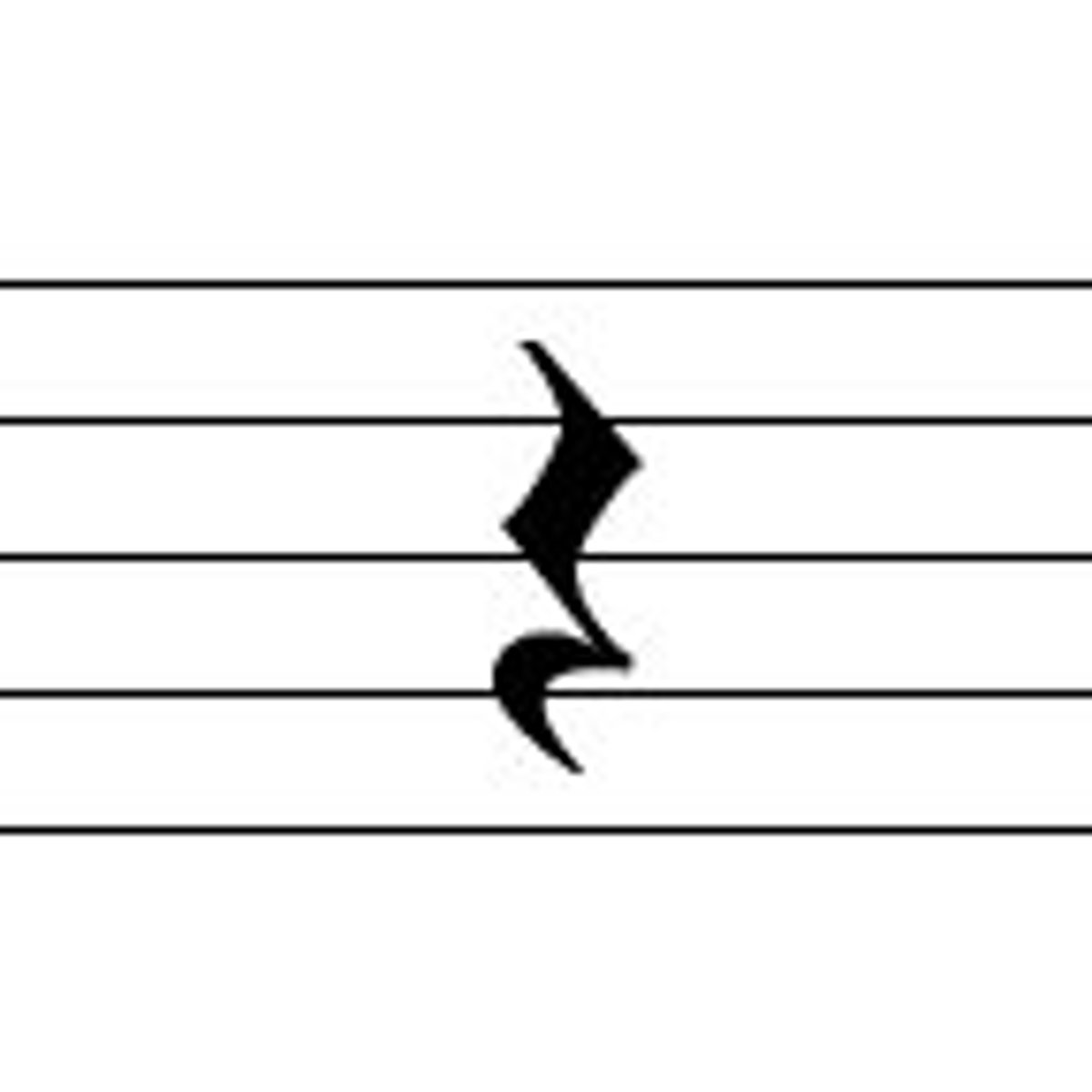
eighth rest
1/2 beat of silence, or 1/8 of the bar
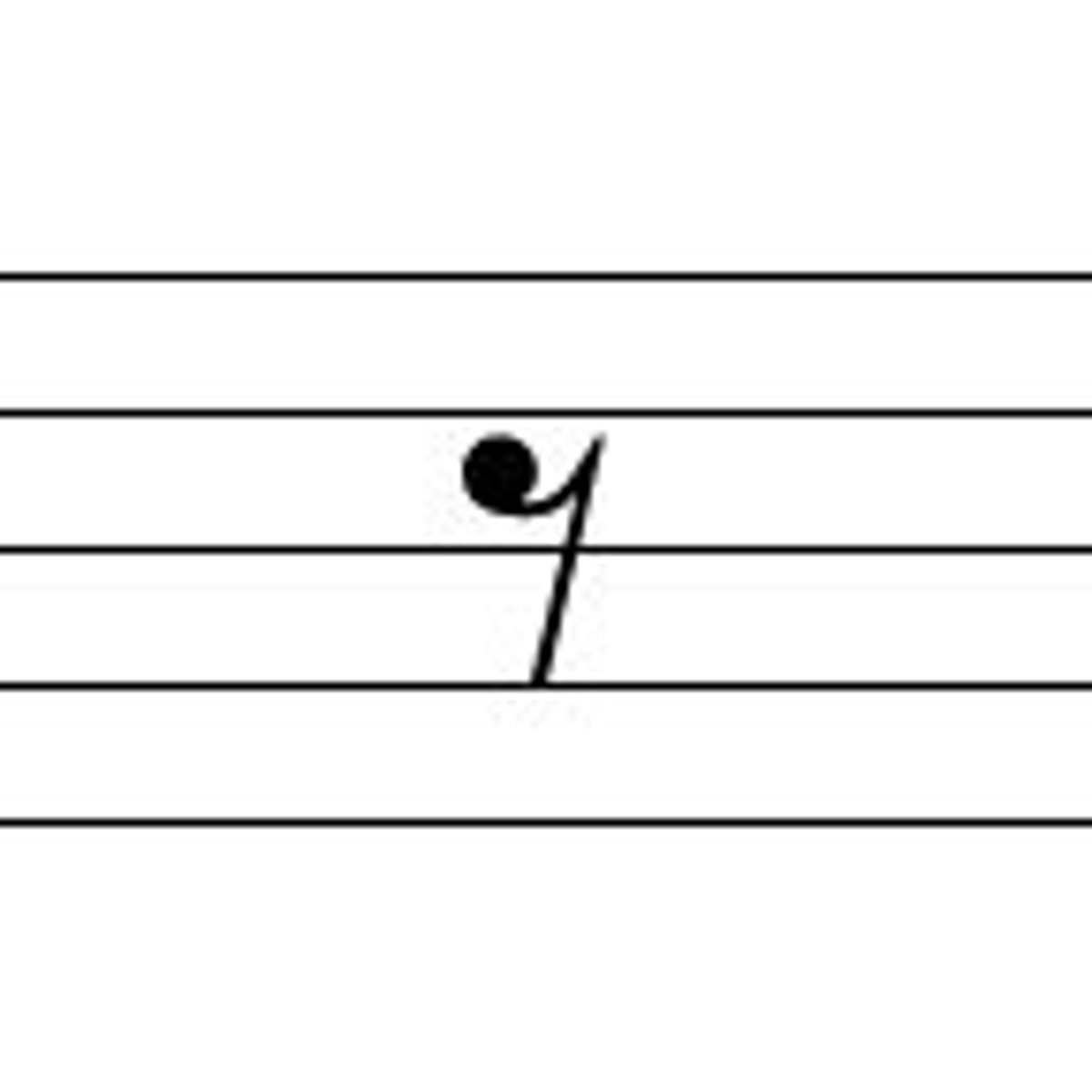
sixteeth rest
1/4 beat of silence, or 1/16 of the bar
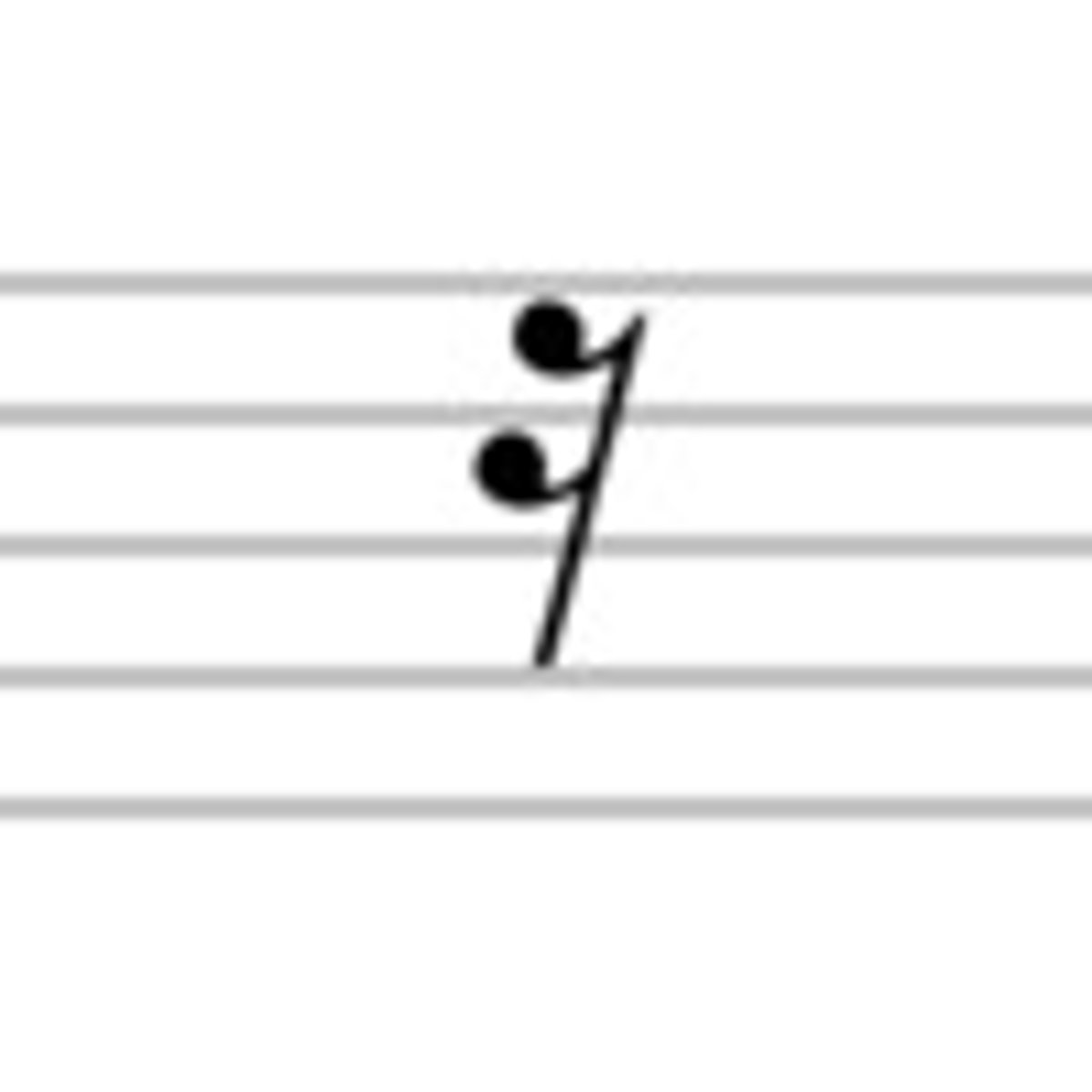
gourd rattle
a gourd mounted on a stick, filled with seeds, strung net of plastic beads, African origin
shakers
filled with beads or pellets
Caixixi
basket shakers, played in pairs, afro-brazilian
maracas
south and central american origin, sead or bead filled gourds played in pairs
tambourine
handheld with two rows of metal discs called jingles, played by striking, shaking and scraping.
4 categories
sound characteristics (how an instrument sounds ie higher pitch or sharp sound), musical functions (the instruments responsibility ie lead vs supporting actor in a play), rhythmic tendencies (help anticipate how repetitive a rhythm is ie chatty or predictable, (small drum = least dynamic and most repetitive, big drum = less adventurous), playing techniques (how to produce sound)
cowbell
afro-cuban origin, a found object,
double bells
top is from west african, and bottom is from afro-brazilian
jam block
from USA, a synthetic woodblock. closed edge and play on the lip above the opening
tamborim
small handheld drum played with a stick from brazil
treble clef
Used for the higher sounding pitches. Also known as the G clef.
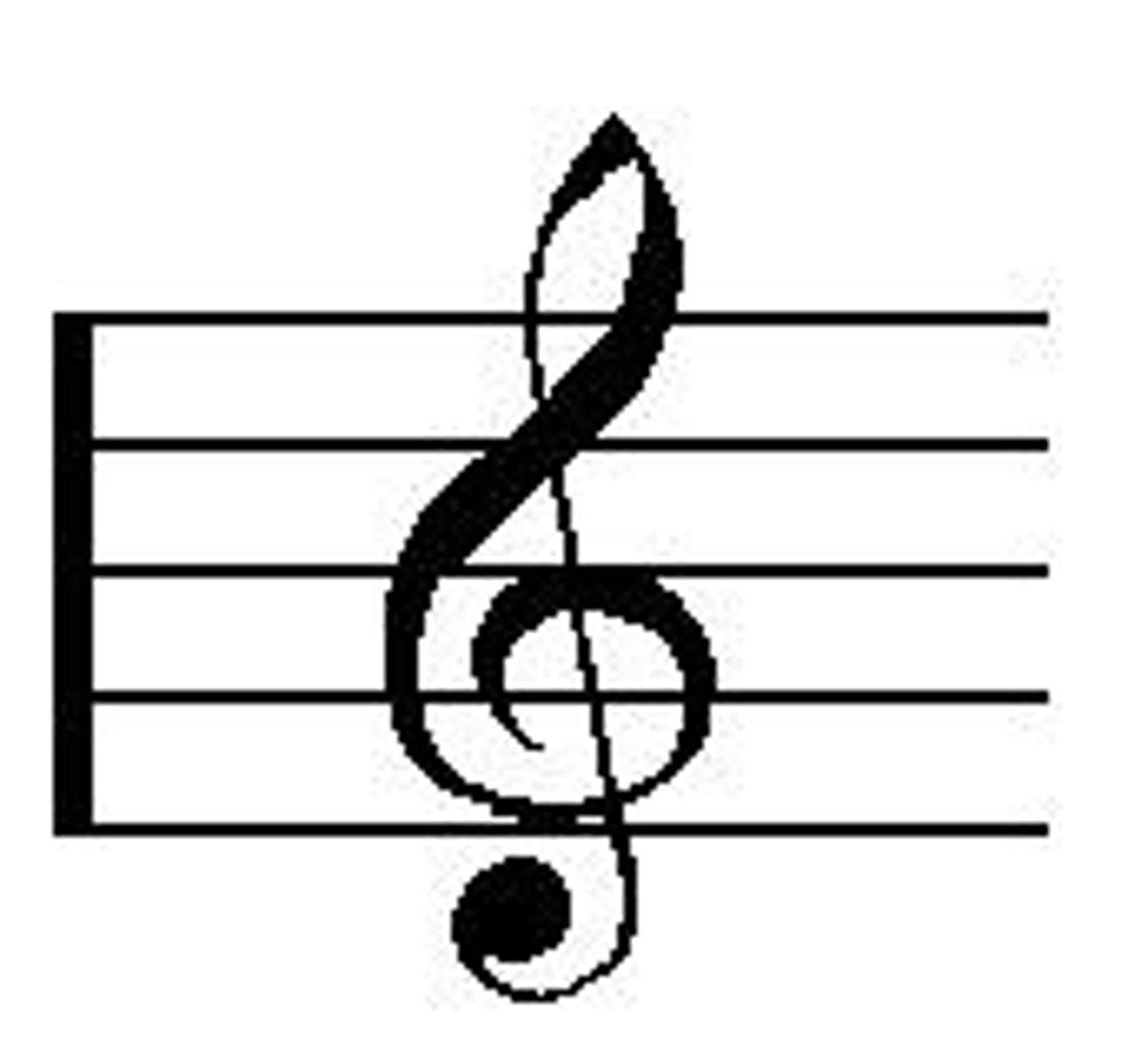
bass clef
Used for the lower sounding pitches. Also called F clef.
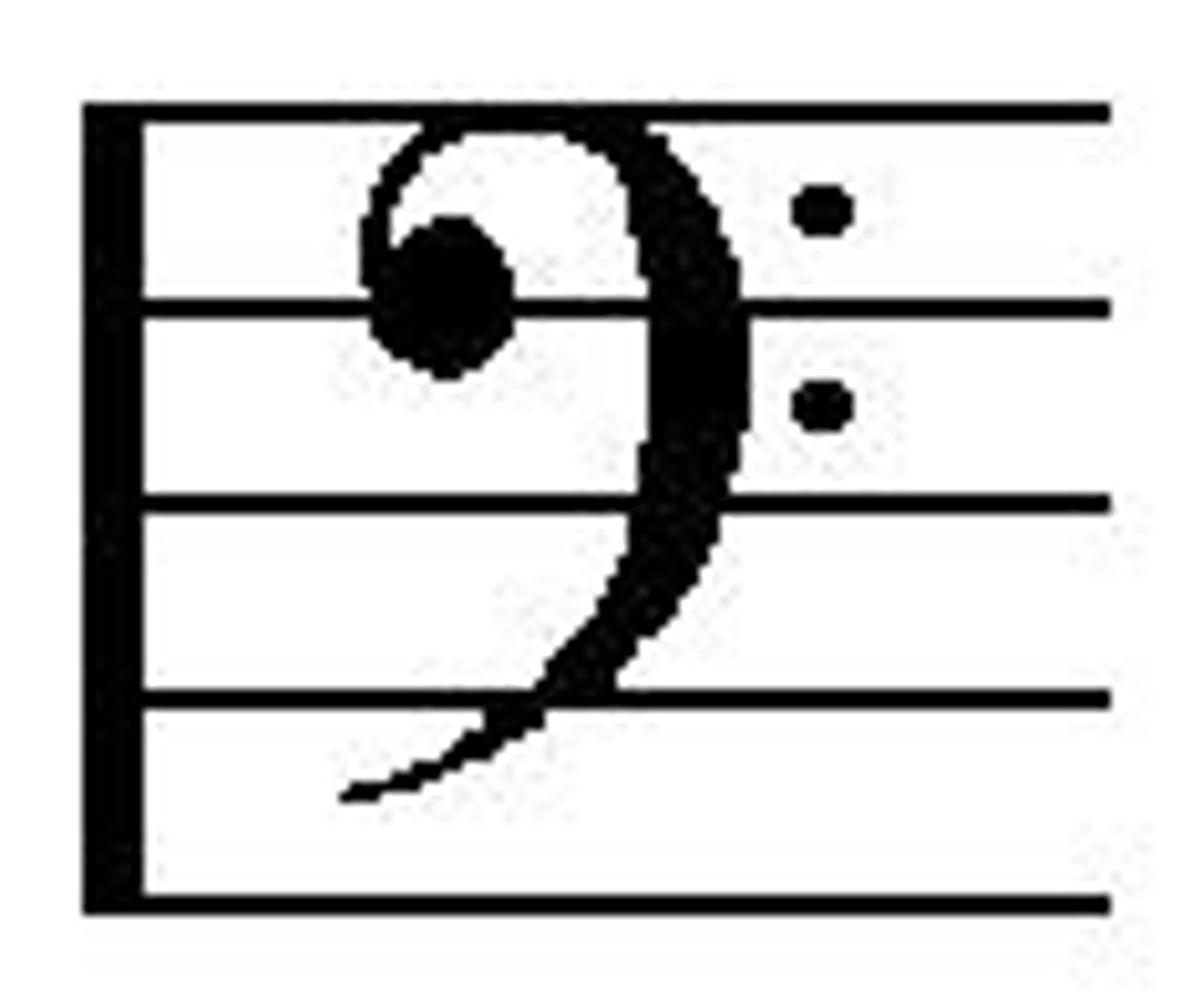
tenor clef
mid-pitched instrument, called C clef
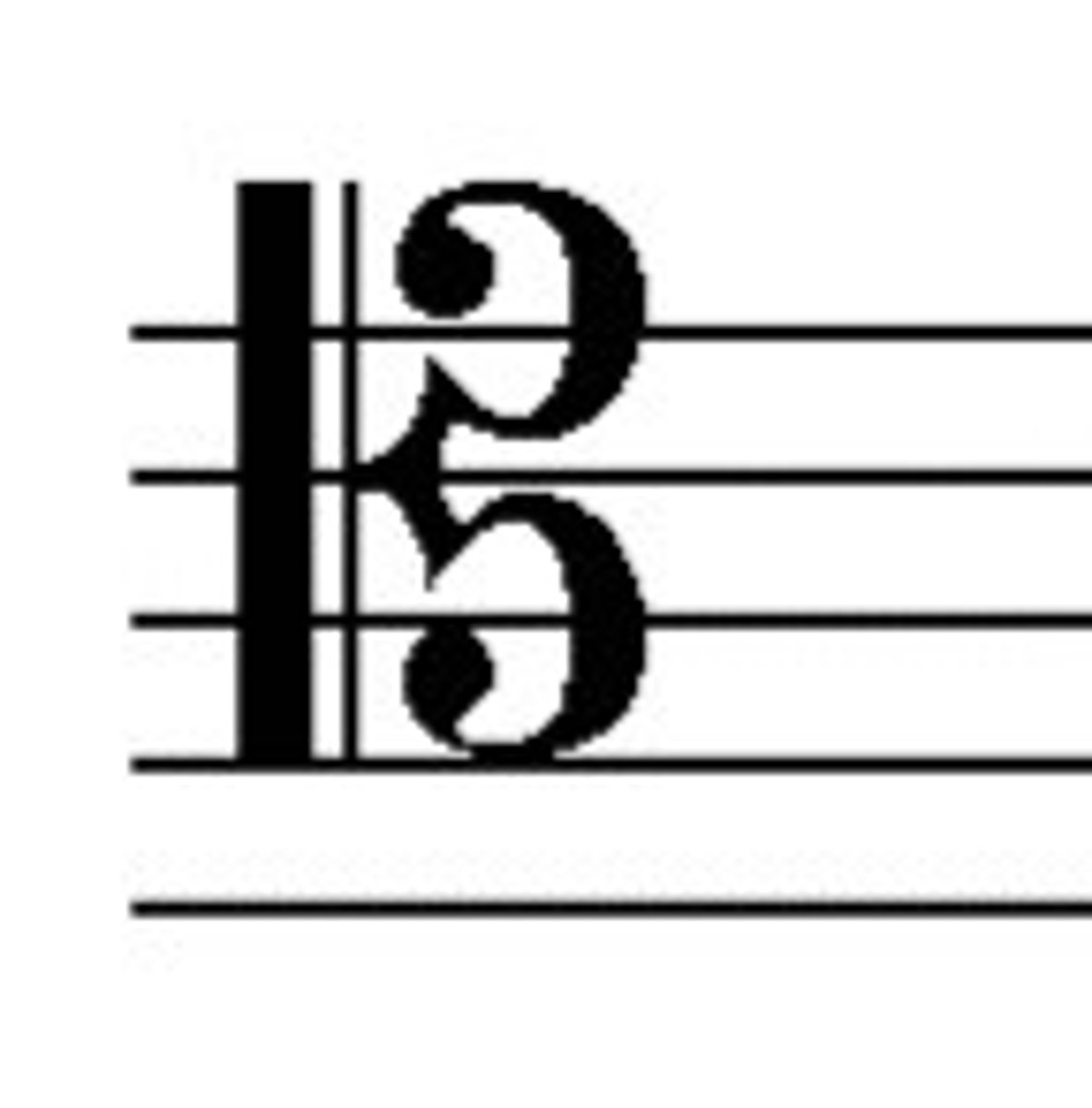
percussion clef
indicates an instrument with no specific pitch
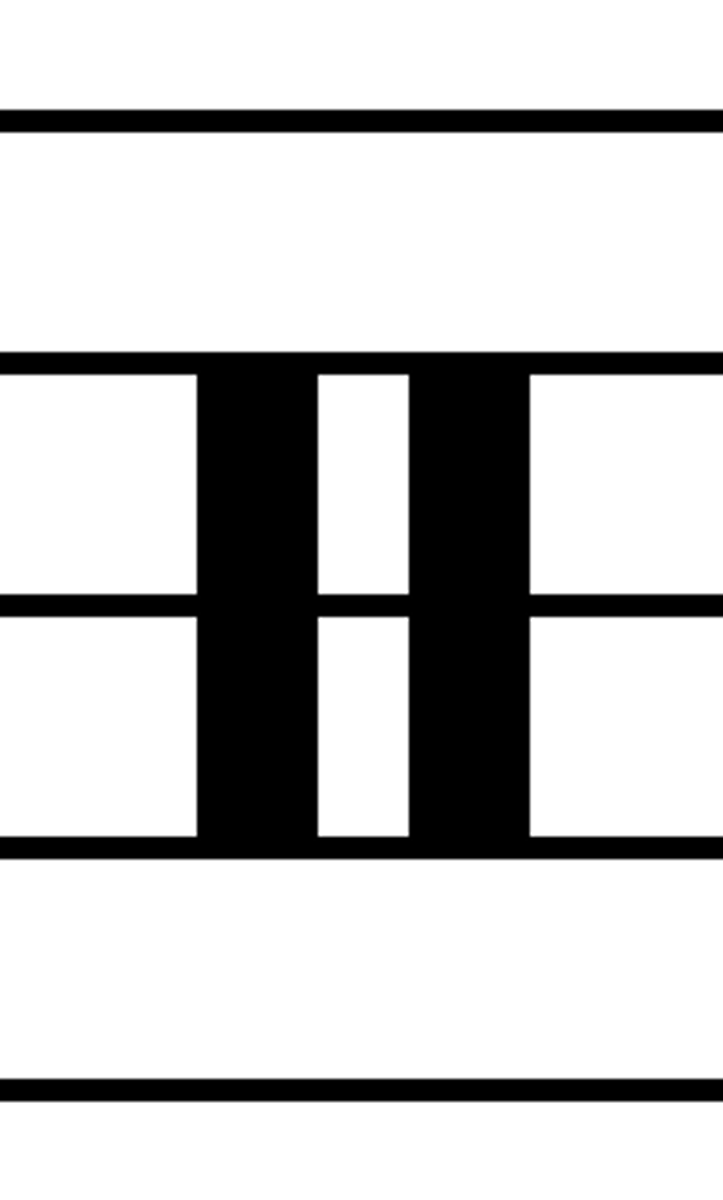
time measures
top #= number of beats per measure
bottom # = indicates the type of note that is considered one beat. ex 4 = whole note is 1 beat.